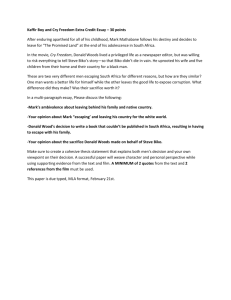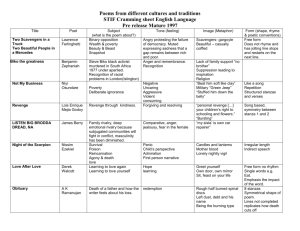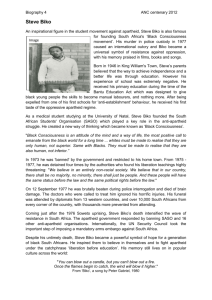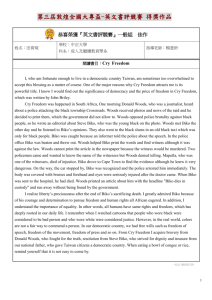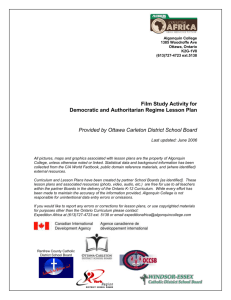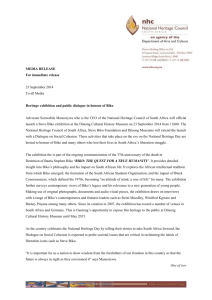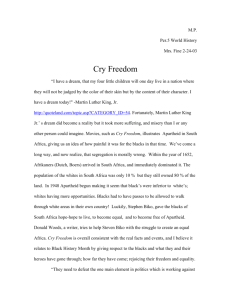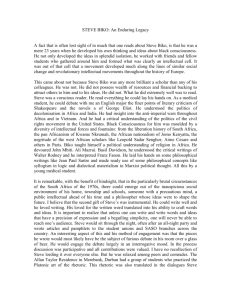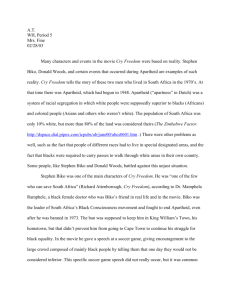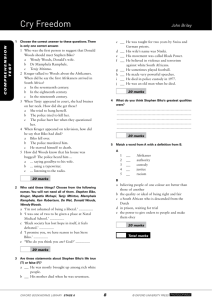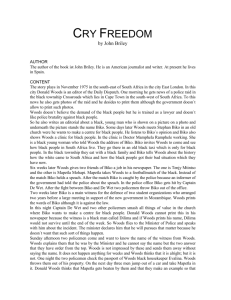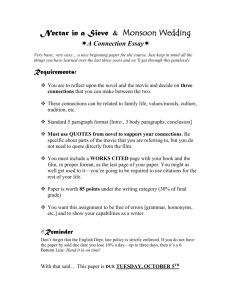CRY FREEDOM
advertisement
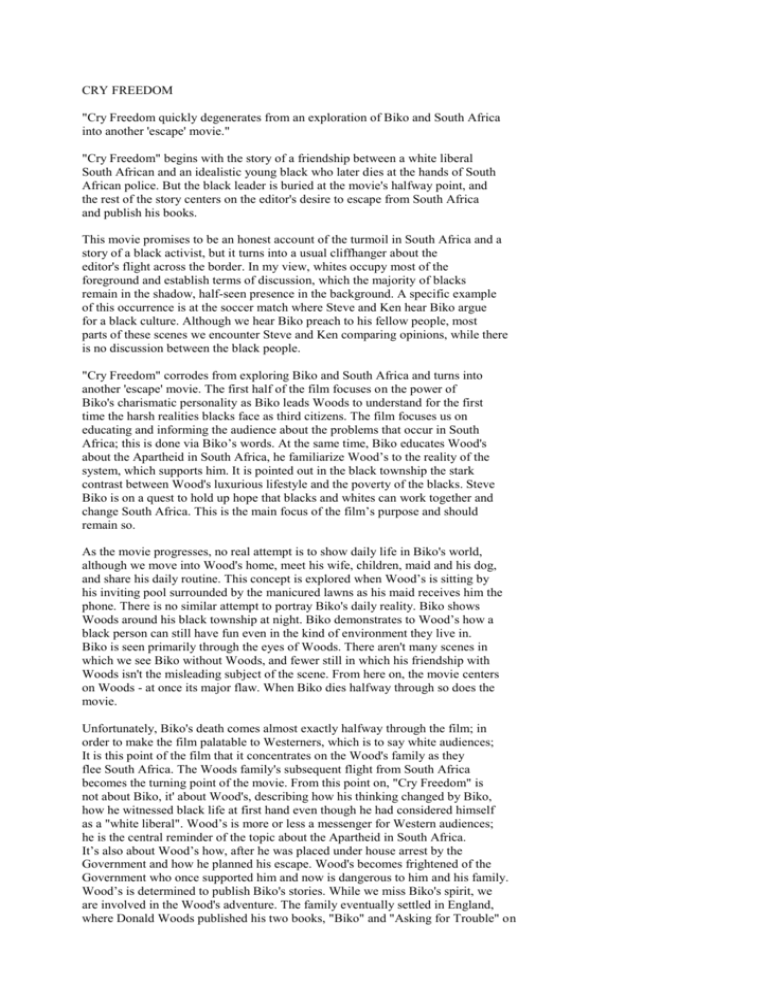
CRY FREEDOM "Cry Freedom quickly degenerates from an exploration of Biko and South Africa into another 'escape' movie." "Cry Freedom" begins with the story of a friendship between a white liberal South African and an idealistic young black who later dies at the hands of South African police. But the black leader is buried at the movie's halfway point, and the rest of the story centers on the editor's desire to escape from South Africa and publish his books. This movie promises to be an honest account of the turmoil in South Africa and a story of a black activist, but it turns into a usual cliffhanger about the editor's flight across the border. In my view, whites occupy most of the foreground and establish terms of discussion, which the majority of blacks remain in the shadow, half-seen presence in the background. A specific example of this occurrence is at the soccer match where Steve and Ken hear Biko argue for a black culture. Although we hear Biko preach to his fellow people, most parts of these scenes we encounter Steve and Ken comparing opinions, while there is no discussion between the black people. "Cry Freedom" corrodes from exploring Biko and South Africa and turns into another 'escape' movie. The first half of the film focuses on the power of Biko's charismatic personality as Biko leads Woods to understand for the first time the harsh realities blacks face as third citizens. The film focuses us on educating and informing the audience about the problems that occur in South Africa; this is done via Biko’s words. At the same time, Biko educates Wood's about the Apartheid in South Africa, he familiarize Wood’s to the reality of the system, which supports him. It is pointed out in the black township the stark contrast between Wood's luxurious lifestyle and the poverty of the blacks. Steve Biko is on a quest to hold up hope that blacks and whites can work together and change South Africa. This is the main focus of the film’s purpose and should remain so. As the movie progresses, no real attempt is to show daily life in Biko's world, although we move into Wood's home, meet his wife, children, maid and his dog, and share his daily routine. This concept is explored when Wood’s is sitting by his inviting pool surrounded by the manicured lawns as his maid receives him the phone. There is no similar attempt to portray Biko's daily reality. Biko shows Woods around his black township at night. Biko demonstrates to Wood’s how a black person can still have fun even in the kind of environment they live in. Biko is seen primarily through the eyes of Woods. There aren't many scenes in which we see Biko without Woods, and fewer still in which his friendship with Woods isn't the misleading subject of the scene. From here on, the movie centers on Woods - at once its major flaw. When Biko dies halfway through so does the movie. Unfortunately, Biko's death comes almost exactly halfway through the film; in order to make the film palatable to Westerners, which is to say white audiences; It is this point of the film that it concentrates on the Wood's family as they flee South Africa. The Woods family's subsequent flight from South Africa becomes the turning point of the movie. From this point on, "Cry Freedom" is not about Biko, it' about Wood's, describing how his thinking changed by Biko, how he witnessed black life at first hand even though he had considered himself as a "white liberal". Wood’s is more or less a messenger for Western audiences; he is the central reminder of the topic about the Apartheid in South Africa. It’s also about Wood’s how, after he was placed under house arrest by the Government and how he planned his escape. Wood's becomes frightened of the Government who once supported him and now is dangerous to him and his family. Wood’s is determined to publish Biko's stories. While we miss Biko's spirit, we are involved in the Wood's adventure. The family eventually settled in England, where Donald Woods published his two books, "Biko" and "Asking for Trouble" on which the film is based. Cry Freedom quickly degenerates from an exploration of Biko and South Africa into another 'escape' movie. From the start of the movie we are exploring Biko and his poor lifestyle. In the second half of the movie, it takes us into a clock-and-dagger scenario. This includes Wood's masquerade as a Catholic priest, his phony passport and his attempt to fool South African border officials. The exploration of Biko and South Africa start off with a high but ends with a low. By Daniel C
